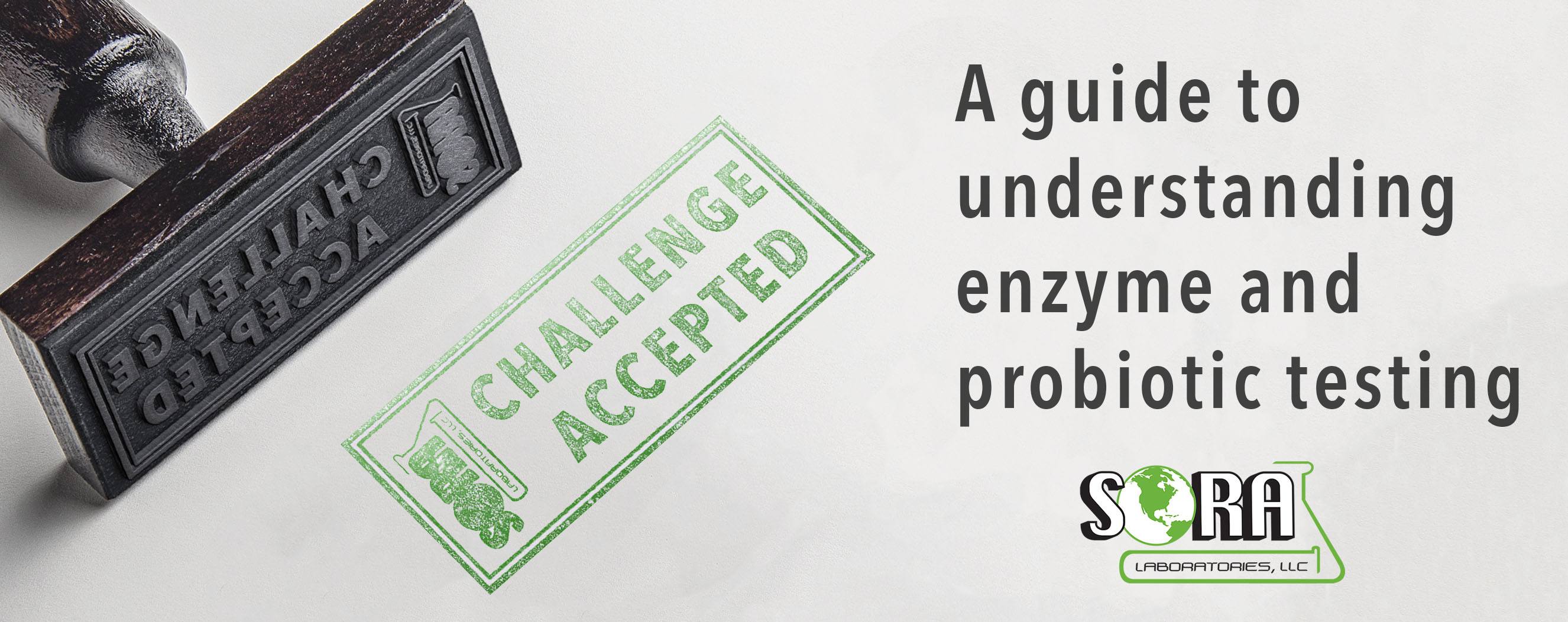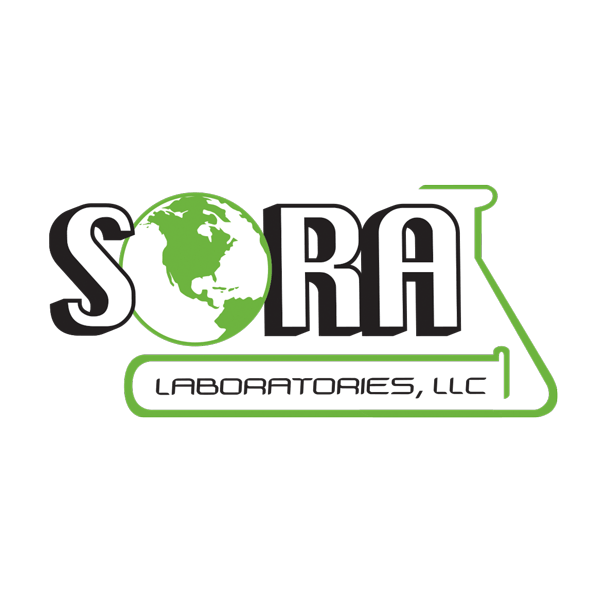Similarities between enzyme activity assays and probiotic enumeration are more common than most people realize. Both methods of testing require many dilutions, multiple calculations and are technique-driven. Our lab performs the probiotic colony forming unit (CFU) assays in our microbiology lab, and enzyme activities are tested in our chemistry lab. Both probiotics and enzymes aid in digestion and have potency that cannot be measured by weight or mg. Instead, probiotics are measured by CFUs and enzymes are measured in various activity units, with both having a variety of assay methods available. The ingredient supplier will often have a specific method for their product, and there may also be compendial methods listed in the Food Chemical Codex (FCC). While probiotic suppliers have not started standardizing to the compendial methods as of yet, enzyme ingredient suppliers use the FCC methods to standardize their products, for the most part. As time goes on, the probiotic industry may start standardizing to similar methods like the enzyme industry.
Both probiotic enumeration and enzyme activity assays listed in the FCC, are designed for raw material ingredients. Ideally, these assays should be performed on an ingredient before it is blended with other ingredients or encapsulated as a finished product. When multiple enzymes or probiotic strains are blended together, the testing becomes more difficult. There are common interferences with blended enzymes products, and also challenges with the multiple probiotic blends. Since each blend is unique and will interact in its own way, testing them can be tricky. However, it is possible to have successful results and gain valuable data about your product when tested correctly.
But, just as there are many similarities, there are also differences. Probiotic strains are living organisms, where enzymes are not. Instead, enzymes are ingredients, which break down food, whereas probiotics add to our gut flora for various health benefits. Lastly, enzyme activity is measured by substrate breakdown, instead of plate growth which measures probiotics.
Ultimately, both have complex test methods and require a high level of expertise and years of practice to perform accurately. SORA Labs is your trusted partner for both enzyme and probiotic With developed methods, we can help you learn more about your product through Testing is the only valid method to prove the quality of your product, so choosing an experienced lab is a must. Call us today for a quote!
Probiotic testing challenges—the right lab makes all the difference!
Probiotic testing can be complicated. Here’s why—most of the testing methods available are for single strain raw materials. Additionally, many methods come from the manufacturer and are specific to their material. And if that didn’t create enough confusion about what testing was appropriate, the Food Chemical Codex (FCC) has also added several probiotic monographs. These monographs have procedures for identification, enumeration assays and specific Whew! So how can you decide which testing method to use—the answer lies within using a lab that is experienced in probiotics.
An experienced lab like SORA, will know that the identification portion of the FCC monograph is for nucleic acid-based identification using PCR or other genetic identification methods. The assay portion of the monograph uses various growth media and specific aerobic or anaerobic conditions for optimal growth of the probiotic strain. The specific test section will have testing recommendations for that particular strain of probiotic.
Since these procedures require specialized equipment, and specific agars and broths to perform the testing, this can be challenging due to the high growth counts of this material. Typically in a microbiology lab, the samples being tested have very low plate counts, but with probiotic material, high counts in the millions or even billions of cfu/g are expected. Lab contamination is also a concern when working with probiotics, so proper sample handling is very important to ensure that the testing environment and air quality stays clean. Because of these challenges, working with probiotics in a separate section of the lab and at separate plating times is often required to avoid microbiology contamination of other samples in the testing lab.
While finding the best assay method may be difficult when working with blended probiotic strain products, reviewing the individual strain methods and looking for overlapping testing is generally a good starting point. And, since there may not be one “ideal” method, the testing lab may need to attempt several probiotic methods and perform method development before exact testing can be determined for the specific product.
With so many challenges, it may seem daunting to make sure your product is being properly tested! However, choosing a lab that is accustomed to handling probiotic material and performing specialized testing such as SORA Labs, can take the stress out of making sure your product meets label claims—choose wisely.


